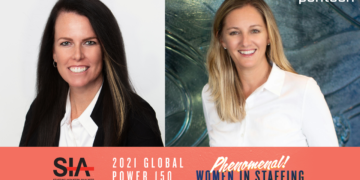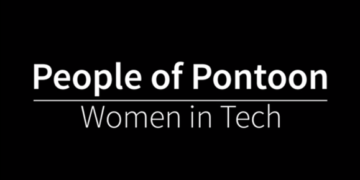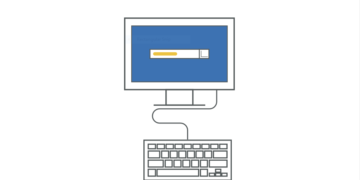#BreaktheBias on International Women’s Day
Video
.
To celebrate International Women’s Day, Pontoon’s female leaders came together to discuss this year’s theme, how we enable an inclusive culture at Pontoon and partner with customers, partners and technology to #breakthebias.
Read their conversation:
What does breaking the bias mean to you?
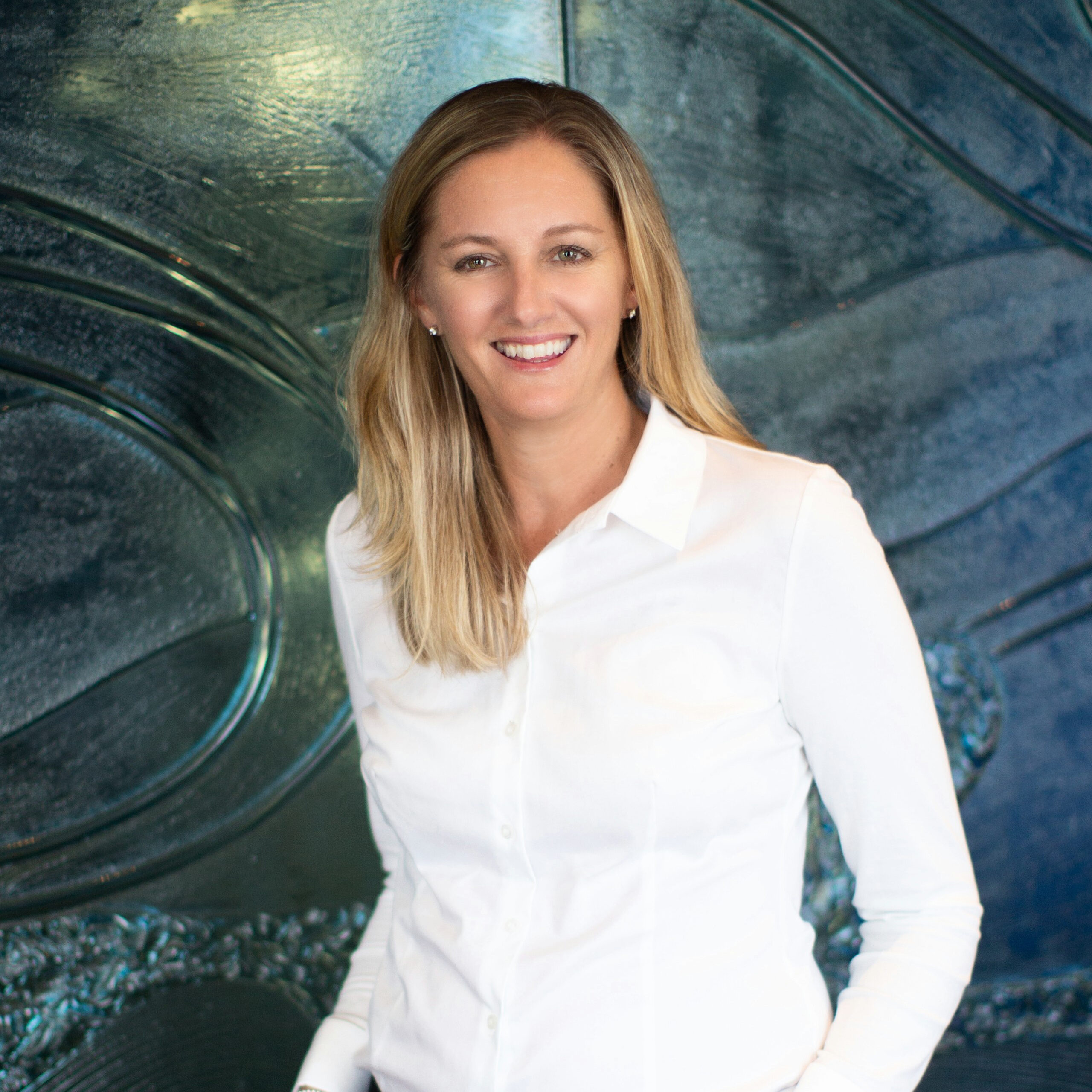
Karin Selfors-Thomann, Global Head Consumer Products, Life Sciences & Industrials: Breaking the bias means equal opportunities for everyone and being consciously unbiased. It has so much to do with your upbringing and then being role models ourselves. Be that in our teams, within the organisations we work in, our families, and we have a duty to be cognisant of it every day.
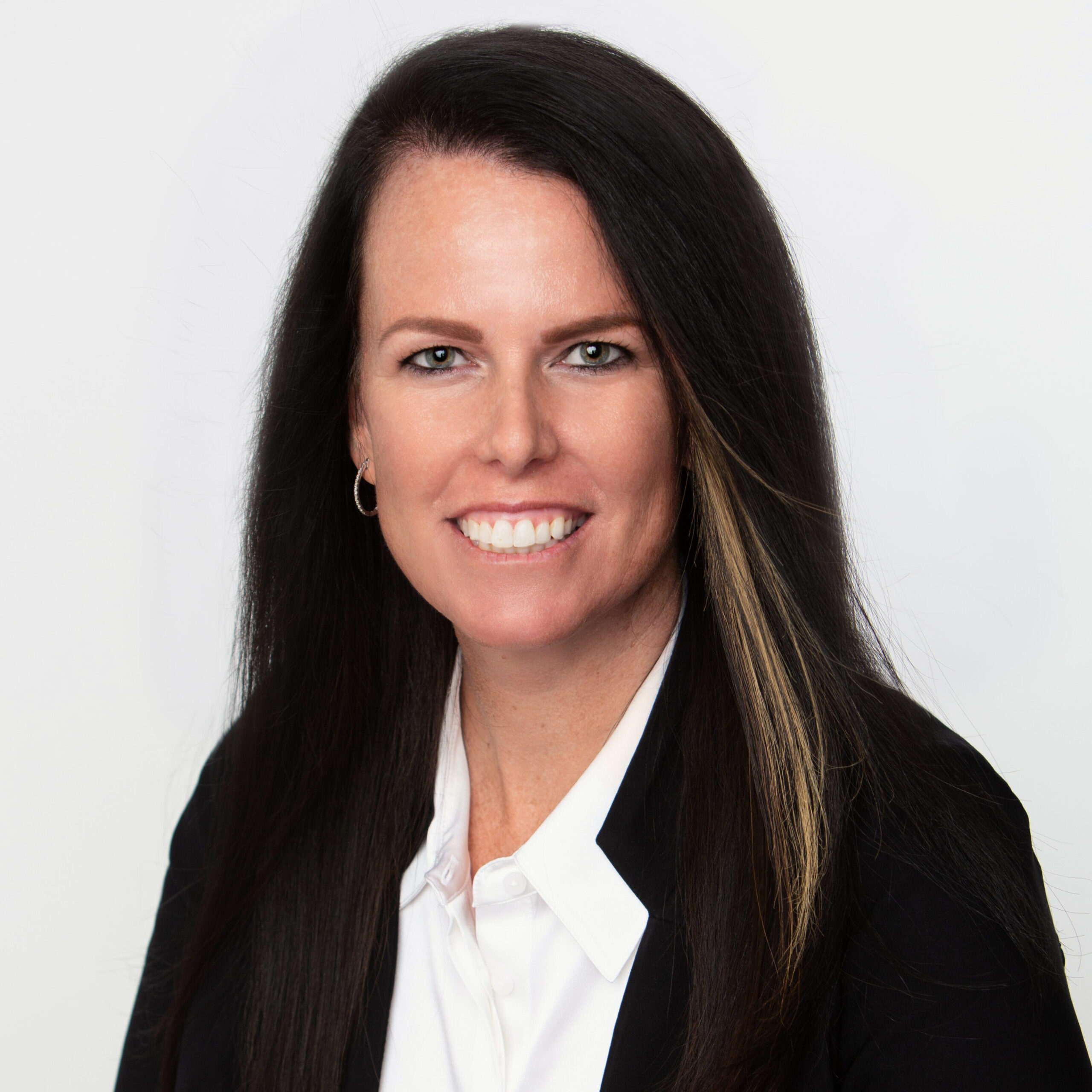
Jenna Dobbins, VP of Human Resources: I think we all can play a role in forging that gender parity, and a big part of that is just being curious and understanding conscious and unconscious biases. We have to understand where and how each of us can play a role regardless of our position. This includes what we’re doing to sponsor, advocate, and learn more about gender parity. It’s about being an active participant in the conversation like we’re doing today.
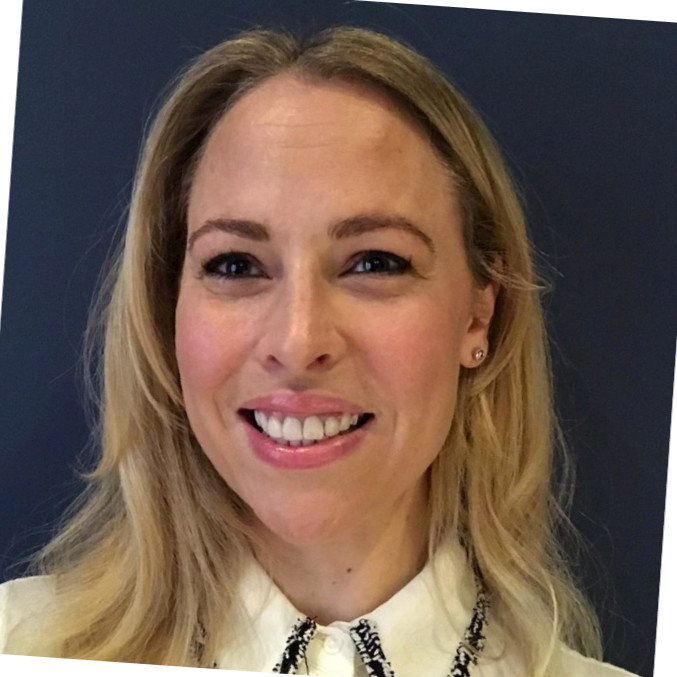
Hannah Stirrett, VP of Marketing: I fully agree with both of you. I think creating an environment where everyone is accountable, whether that is the ongoing education around the subject or the awareness about language and behaviours. Also, questioning our own perceptions as well as other peoples’ and calling out situations where someone else needs to adapt or adjust their behaviour.
How do we foster a culture of unbiased inclusion at Pontoon?
Jenna Dobbins: It starts with being curious, being aware of the topic and all being active participants in learning where it can creep up in our day-to-day. It’s also about how we can help each other be better together.
We work hard to make sure that we provide an inclusive environment for everyone. We also frequently look at data and information to ensure that our systems, tools, policies, and processes support the culture of equality that we’re looking to cultivate.
Gender equality is becoming paramount within our customer programs. How are we responding to this and building strategies that focus on unbiased hiring and inclusive practices for our clients?
Karin Selfors-Thomann: Yeah, it’s a good question and it is very top of mind with many of our clients. First and foremost, we partner with our clients better to understand their strategy around diversity, equity, and inclusion. Often, we engage with the leads in these companies tasked with D&I to understand where might an organisation have gaps and how we could help close these gaps as a partner. For instance, we all know that a key area is influencing hiring managers and creating awareness with hiring managers around breaking the bias. We partner with other organisations that are versed in training on this topic and creating awareness to provide the opportunity to our clients to take advantage of these partnerships.
On the contingent labour side, we partner with the right suppliers who are aware of our clients’ diversity, equity, and inclusion strategy. This way, they can provide candidates align with the clients’ culture in that respect. Lastly, we work with different technologies to ensure we source and attract the right talent in an unbiased way. One example is the way we use technology to help write job descriptions that are not biased toward male applicants versus female applicants. These are just some of the ways in which we partner with our clients on this very important topic.
How can organisations cut through the noise and let their actions prove their dedication to unbiased and equality in the workplace?
Hannah Stirrett: As with everything, we need to make sure that our actions fully reflect the narrative that we’re putting out in the market. It’s not enough just to say things anymore. We have to follow up and substantiate the behaviour. It requires a lot of self-reflection, both as individuals and as organisations, which can be tough what you get back from.
I have two children, a boy and a girl, and I realised how much I used the term “guys” when I collectively addressed them. I stopped for a second to consider the impact and thought I would never use the term “girls”. Sometimes, tough self-reflection is required to recognise those small changes that can make a huge difference. ,
Gender parity can’t just be a female-led initiative. To make a difference, advocacy from men is essential. One way a man could help is by putting a spotlight on strong female leaders in organisations. It is really about showing that they have the support of the male leaders in their organisations.
When looking at fair hiring across contingent programs and permanent fulfilment, how is the approach the same and how do you think it’s different?
Karin Selfors-Thomann: For me, it’s about creating awareness with hiring managers that make the decision to hire at the end of the day. Ultimately they are the decision-makers and need to be educated on how to be consciously unbiased. Whether that decision-maker is part of a permanent hiring program or a contingent labour program, it’s the same on both sides of the house.
It is, however, a bit more complex on the contingent labour side because we rely on our supplier partners and we all need to be aware and educated on equal sourcing, screening, interviewing and hiring practices.
Hannah Stirrett: As we look forward, the differences between permanent workers and contingent workers will become increasingly less. Talent is talent, and people continue to look at it that way.
As such, there should be no difference in the approach. We’ve seen the expectations of contingent workers edge closer to those of a permanent employee, and the approach to fair hiring should be no different. There are many learnings from permanent hiring processes that we can apply to contingent hiring and vice versa. Still, we will see more consistency in the hiring process across the board regardless, less of the worker profile.
Jenna Dobbins: Wonderful, thank you, Hannah and Karin, I have really enjoyed this conversation. It’s such an important and relevant topic, not just on International Women’s Day, but every day. Gender equality and breaking the bias is something that we certainly take to heart at Pontoon. To make the future work for everyone we must provide an inclusive work environment, and that certainly touches on gender parity. We’ve made so many wonderful steps forward on this topic and still have to be active participants, all contributing to a better future for all.
Related Post
Staffing Industry Analysts’ Global Power 150 list highlights the 2021 women leaders across the industry.
Each year, these game changers are chosen based on their innovation mindset, leadership abilities and progressive ...
Similar Resources
Women account for only 3% of students globally who join information and communication technology courses. In part one of our Women in Tech series, we hear from three Pontoon colleagues who are forging successful careers in technology ...
Sofy Richards, one of our women in tech, was one of only three women in her school class to take A2 computing, and the only one to forge a career ...



